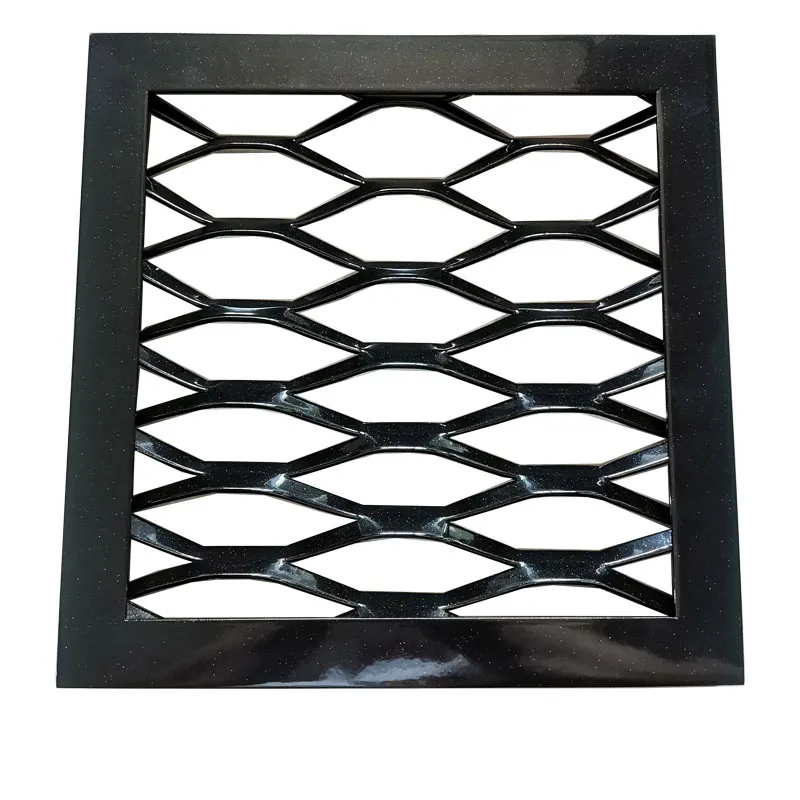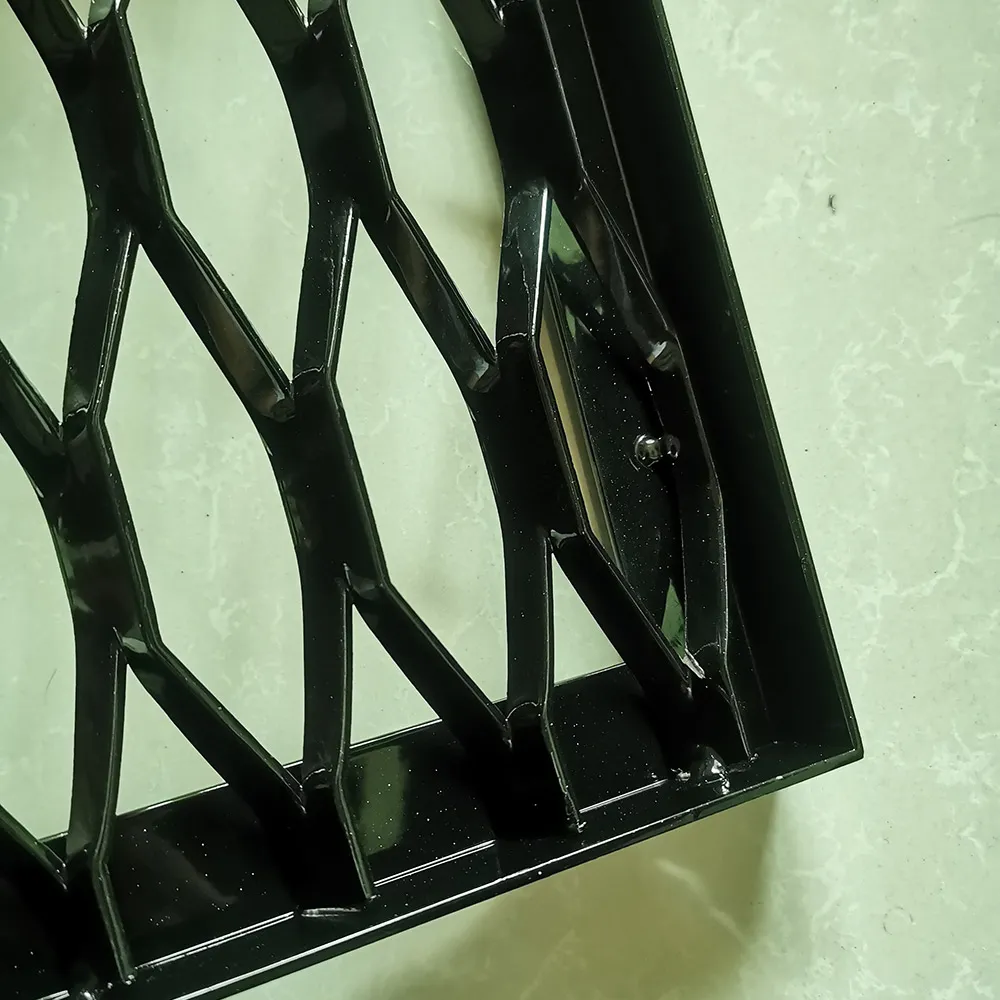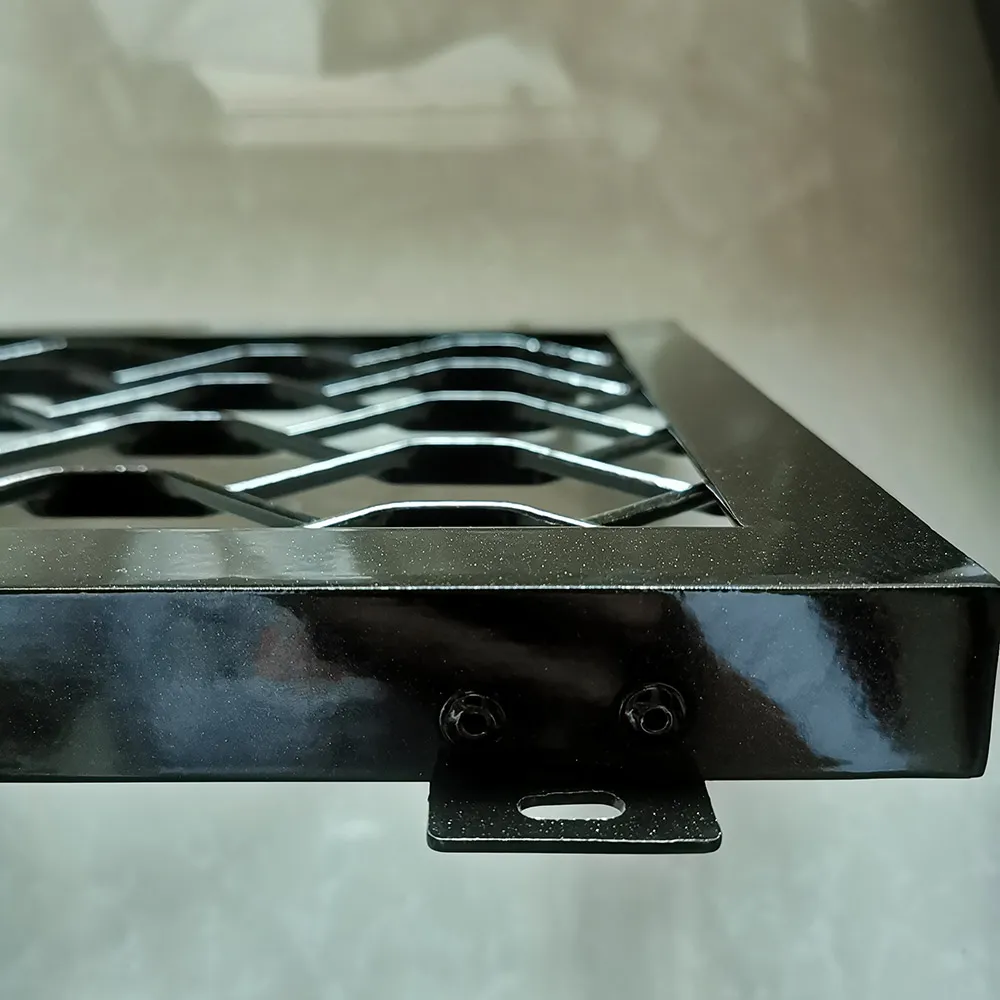As modern architecture and industrial design increasingly seek solutions balancing aesthetics, durability, and functionality, decorative expanded metal has rapidly emerged as a transformative material across global markets. Integrating cutting-edge manufacturing, compliance with the strictest international standards, and a rich variation in mesh patterns and finishes, decorative expanded metal mesh and decorative expanded metal panels are revolutionizing façades, partitions, security systems, and numerous industrial sectors. This guide presents an in-depth analysis—featuring parameter tables, process diagrams, third-party references, and real-world case studies—to assist specifiers, architects, and industrial buyers.

Industry Trend Analysis: Markets, Growth & Future Potential
Global demand for decorative expanded metal is exhibiting a consistent upward trend, with the market valued at approximately USD 3.7 billion in 2023 (Allied Market Research). Architectural applications alone account for over 45% of total consumption, driven by their unique fusion of style, transparency, ventilation, and mechanical strength. Industrial usage—petrochemicals, waterworks, metallurgy—shows an expansion rate of 6.2% CAGR (2024-2029). The material's flexibility and resistance to harsh conditions make it preferred for both interior and exterior projects.
Technical Parameters: Spec Sheets & Product Comparison
Legend: LWD = Long Way of Diamond, SWD = Short Way of Diamond, SS = Stainless Steel.
Certifications: All products conform to
ISO 9001 and relevant
ASTM standards.
Material Selection
(Aluminum, SS304/316, Carbon Steel, Copper, Brass)
→
Sheet Preparation
CNC leveling & surface cleaning
→
Expansion & Slitting
Precision dies form mesh pattern in one step
→
Flattening
Roller press ensures even thickness
→
Finishing
Anodizing, powder coating, PVDF, galvanizing
→
Precision Cutting
Laser/Waterjet/CNC routing for final panel
→
Quality Testing
ISO/ANSI/EN Verification
Quality Focus: Adherence to
ISO 9001,
ANSI and
SGS testing ensures mesh opening precision (±2%), uniform thickness, and consistent corrosion protection across batches.
Visualized Performance: Technical Metrics & Data Charts
Comparison: Stainless steel offers the best corrosion resistance and durability, followed closely by aluminum; brass and carbon steel excel in aesthetic versatility and cost efficiency.
2023 Market Share by Application

Advantages and Technical Superiority
- Aesthetics: Customizable opening shapes (diamond, hex, oval, bespoke), color-coating, and finishing for signature architectural looks.
- Mechanical Strength: Expanded mesh maintains integral structure, avoiding welds or joins—superior load capacity with low weight per square meter.
- Corrosion Resistance: Galvanized, stainless, anodized options ensure environmental durability suitable for marine, petrochemical, and city façade usage.
- Fire and UV Resistance: Powder-coated and metallic finishes pass EN 13501 and ASTM E84 flame/smoke tests.
- Eco-friendly & Cost Effective: High ratio of open area reduces material use and energy cost in lighting and ventilation; 100% recyclable.
- Precision Engineering: CNC/laser equipment supports tolerances within ±0.2mm for consistent large-batch production.
- Certified Quality: All decorative expanded metal panels validate international standards—ISO 9001, ASTM F1267, EN 10143. Factory audits by SGS, CE marking for EU projects.

Manufacturers & Supplier Benchmarking
When selecting a decorative expanded metal supplier, focus on production automation, international standards compliance, and proven architectural project experience.
Customization Process & Bespoke Solutions
- Requirement Analysis: Project requirements including mesh type, dimensions, open area, security class, and environmental exposures are collected.
- Technical Proposal: Selection of base material, mesh geometry, strand width, finish, and mechanical properties discussed with client/consultant.
- Sample Prototyping: 3D/CAD simulation; sample mesh supplied for on-site verification.
- Batch Production: Automated lines ensure tolerances, material traceability, and consistent coating thickness.
- Site Support: Customized packing, labeling, and, if required, on-site installation assistance provided worldwide.
- After-sales Service: Technical documentation, maintenance guidance, and rapid customer response guaranteed.
Field Applications: Real-World Case Studies
1. Architectural Façades – Metro Plaza, Singapore
Supplied by CC Metal Mesh, over 4300m
2 of anodized
decorative expanded metal panels were installed, achieving a 22% decrease in building cooling costs through optimized light filtering and natural airflow.
[Reference: ArchDaily]
2. Water Filtration – Dubai Utilities Plant
Stainless steel
decorative expanded metal mesh was used as protective screening for water processing units, offering ISO 12944-grade corrosion resistance and eliminating frequent replacement cycles (lifetime: 15+ years).
[Reference: WaterWorld]
3. Security Barriers – City Stadium, Germany
Customized powder-coated carbon steel
expanded metal decorative grilles were utilized for access control, with certified anti-climb patterns (openings <9mm SWD), meeting EN 1627 RC3 security class.
[Reference: SecurityInfoWatch]
4. Retail Interior – Chanel Boutique, Paris
Brass
decorative expanded metal panels add visual depth and luxury appeal for new concept interiors, passing rigorous EN ISO 11664-4 color fastness and surface abrasion standards.
Delivery Timeline, Warranty & Customer Supports
- Production Lead Time: Standard patterns: 8-15 days | Custom patterns/complex finishes: 18-28 days
- Shipping: Global express/cargo; anti-rust packing and custom crating available per EN 12681.
- Warranty: 10-15 years against corrosion, finish defects; guaranteed to meet contract-specified parameters (thickness, mesh size, surface finish).
- Customer Care: Online service/support, installation guidance documentation, on-site visits for large projects, and free technical consultation for lifetime of the product.
- Third-party QC: Support for pre-shipment SGS, BV or TUV inspections.
Decorative Expanded Metal Technology Evolution (2008-2024)
Growth in market value and innovation in mesh design both fueled by CNC and precision coating technologies.
FAQ: Technical FAQ on Decorative Expanded Metal
Q1: What are the most commonly used materials for decorative expanded metal?
A: Aluminum (6061, 3003), Stainless Steel (304/316), Carbon Steel, Brass, and Copper. Each offers unique combinations of weight, corrosion resistance, and price point.
Q2: What does "LWD x SWD" denote in mesh specifications?
A: LWD (Long Way of Diamond) and SWD (Short Way of Diamond) are the main axes' measurements of the diamond-shaped opening, essential for light transmission and mechanical performance.
Q3: What surface finishes are available for decorative expanded metal panels?
A: Common finishes include galvanizing, anodizing, PVDF painting, and powder coating (RAL/Custom colors), enhancing weather and UV resistance.
Q4: What installation standards are used for decorative expanded metal mesh?
A: Installations generally follow ASTM E283 (air penetration), EN 12020-2 (framing tolerances), and BS 476 (fire resistance, if applicable). Mounting systems: concealed clips, rigid frames, or direct fasteners.
Q5: How is product accuracy and quality verified?
A: Each batch is measured digitally for strand width, thickness uniformity, and finish adhesion (pull-off, cross-cut tests); compliance certificates provided.
Q6: Can mesh opening and patterning be fully customized?
A: Yes. Advanced CNC and progressive die tooling support custom opening sizes, shapes, and multi-layer meshes for special effects.
Q7: Is expanded metal decorative eco-friendly?
A: Absolutely—most variants are 100% recyclable and, as a single-piece mesh, reduce waste compared to perforated panels or welded grids.
Why Specify Decorative Expanded Metal?
Combining technical superiority with unmatched design flexibility, decorative expanded metal delivers project value, long-term reliability, and proven compliance with international building and industrial standards. For architects, engineers, and contractors seeking solutions that are both beautiful and robust, decorative expanded metal mesh offers a peerless balance of performance and elegance.
References & Further Reading:


